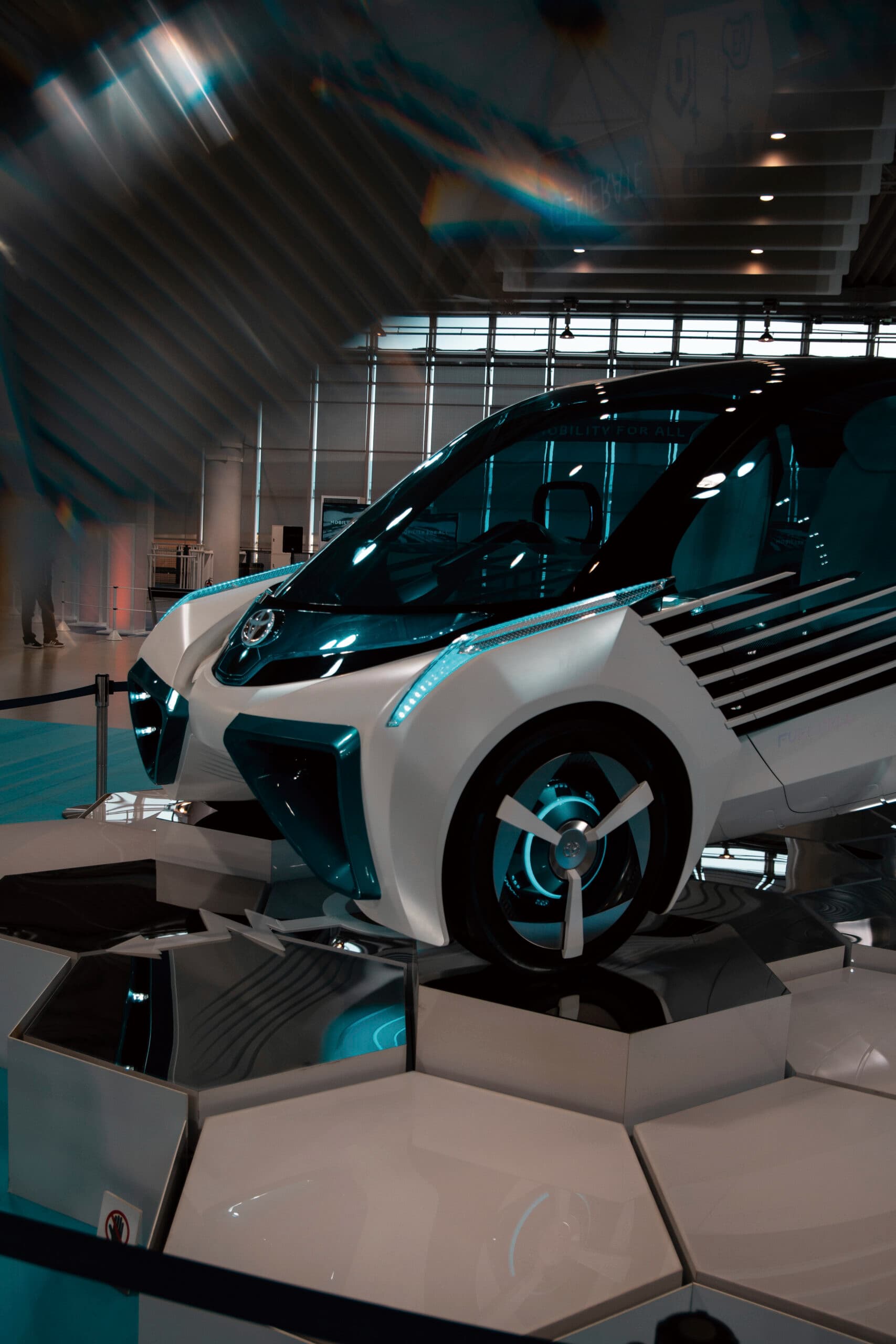The Evolution and Future of Mobility

Zéphyr
MaaS: A New Technological Revolution
With shifting demographics and a growing awareness of environmental issues, the way people move—mobility—is undergoing a transformation. No longer just a means of transportation, mobility is now being redefined as a solution to societal challenges, improving daily life. As a result, countries and corporations worldwide are prioritizing advancements in this field.
One of the most notable modern mobility innovations is MaaS (Mobility as a Service), which integrates various modes of transportation into a single, seamless service. MaaS platforms digitally manage public transit, shared mobility, and other transportation options, allowing users to plan, book, and pay for their journeys in one place. This not only enhances convenience but also helps minimize time and costs for travelers.
Finland: A MaaS Pioneer
Among the pioneers of MaaS is Finland, home to the world’s first MaaS app, Whim. This app provides users with access to an entire city's mobility network, including public transport, taxis, bicycles, and car-sharing services.
The impact in Helsinki has been significant. Before Whim’s launch, public transit accounted for 48% of trips, with private car usage at 40% and cycling at 9%. After its introduction, public transit usage jumped to 74%, taxi usage increased to 5%, while private car dependency dropped to 20%. These numbers illustrate how MaaS can shift urban mobility patterns toward sustainability.
Toyota’s Vision for Mobility
Japan is also actively pushing MaaS initiatives, with Toyota leading the way. In 2018, Toyota declared a transition from an "automobile manufacturer" to a "mobility company," aiming to provide services that enhance all aspects of movement.
A key part of this strategy is the "Connected City" project in Susono, Shizuoka Prefecture, a smart city designed to test and refine mobility innovations in a real-life setting. Set for operational trials between 2024 and 2025, this experimental city will feature autonomous vehicles, MaaS, personal mobility solutions, robotics, smart home technologies, and AI-powered services. By continuously iterating on new technologies, Toyota aims to accelerate the development of next-generation mobility solutions.

Urban MaaS Initiatives in Japan
Japan’s cities are also rapidly adopting MaaS solutions to tackle traffic congestion and reduce carbon emissions. For instance, Odakyu Group operates the MaaS app EMot, which integrates railways, buses, shared bicycles, and on-demand shuttle services into one travel planning platform.
Additionally, legal reforms in July 2023 allowed 16-year-olds to ride electric kick scooters without a driver's license, with helmet use recommended but not mandatory. This change is expected to support last-mile mobility solutions within urban MaaS frameworks.
MaaS for Rural Mobility Infrastructure
Beyond urban settings, MaaS also addresses mobility challenges in depopulated areas. One example is "Odekake Komono," a MaaS project in Komono Town, Mie Prefecture, launched in 2020. As traditional community bus services became unprofitable due to declining ridership, the town introduced an AI-powered on-demand ride-sharing taxi system.
This service dynamically adjusts routes and dispatches vehicles in real time based on passenger reservations. Notably, elderly residents have increasingly adopted smartphone-based bookings, surpassing phone reservations. By improving access to transportation, MaaS is playing a vital role in sustaining rural communities.
The Future of Mobility and Social Innovation
As the evolution of mobility continues, MaaS is set to solve critical societal challenges while enhancing convenience and sustainability. Thoughtful implementation, incorporating feedback from users and stakeholders, will be key to maximizing its benefits. With ongoing technological advancements, mobility will not only become more efficient but also contribute to a more connected, accessible, and environmentally friendly future.
